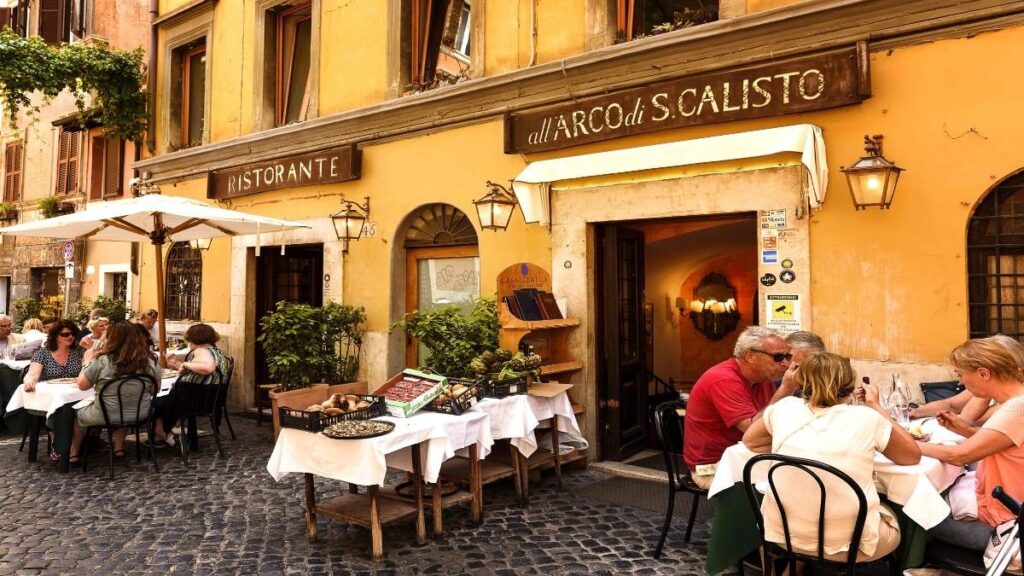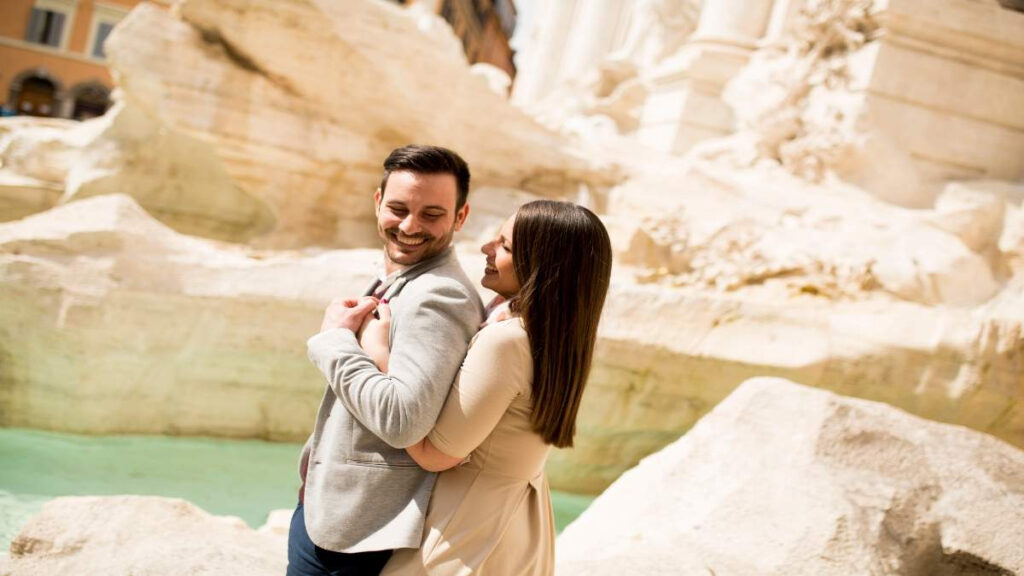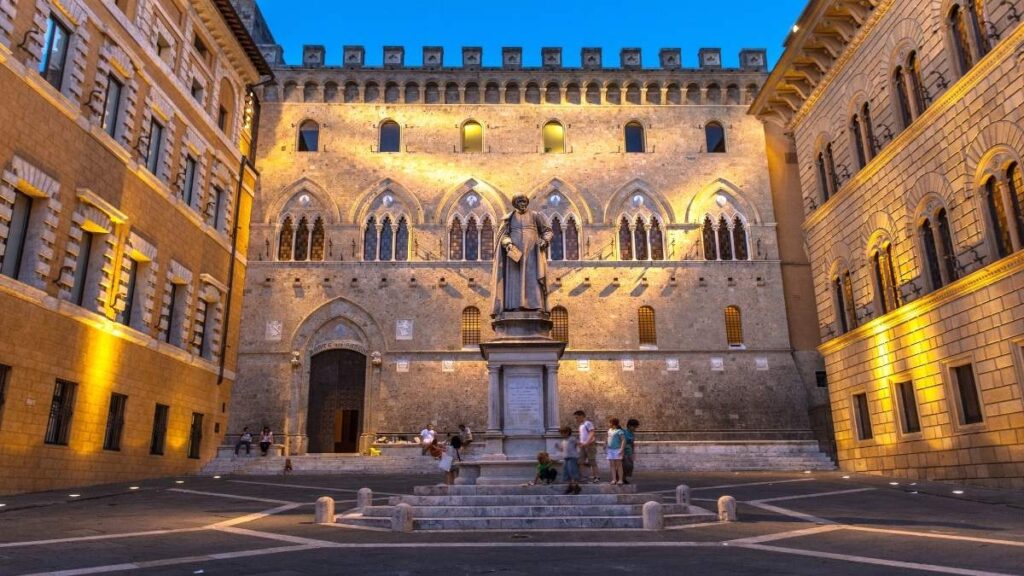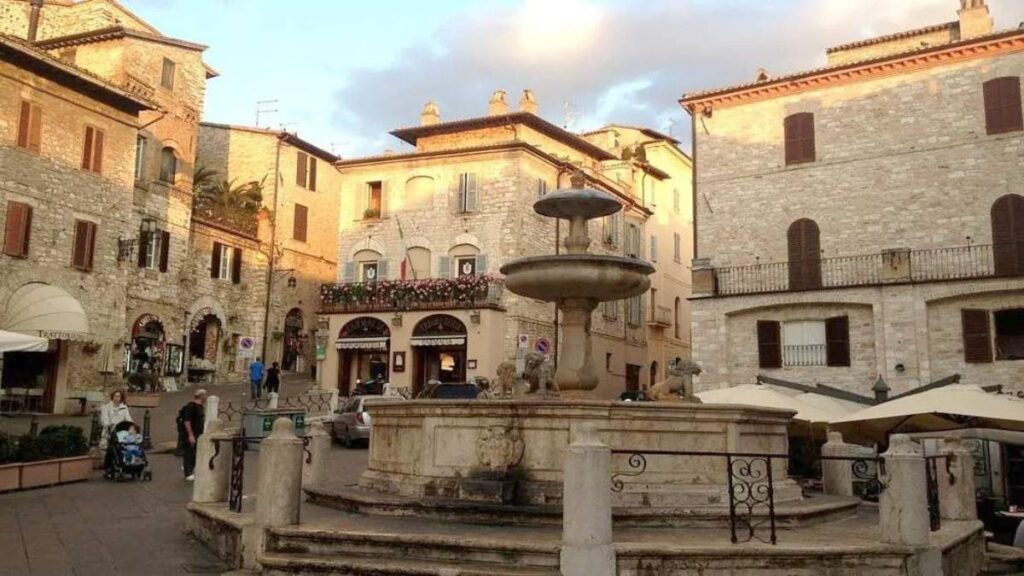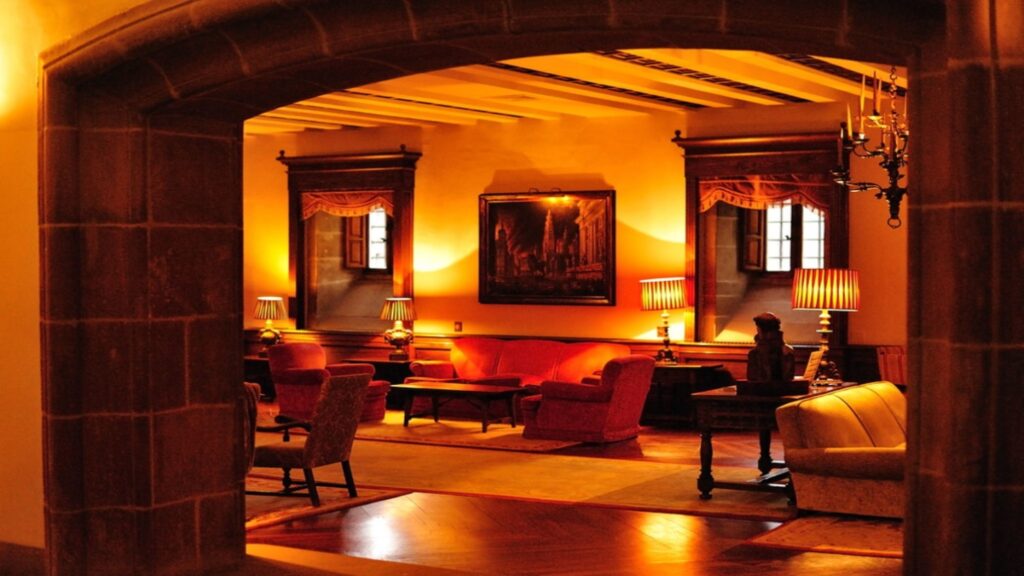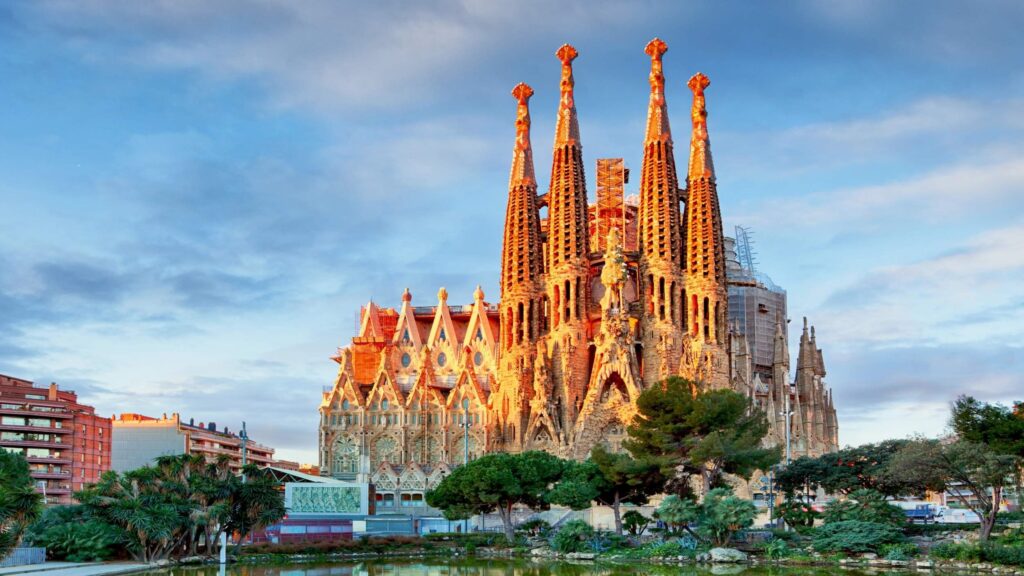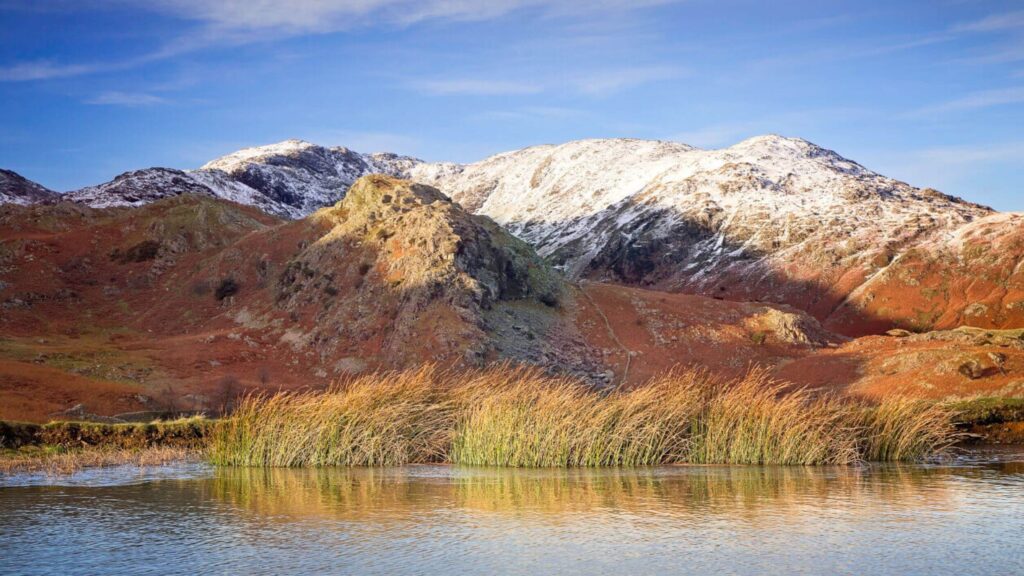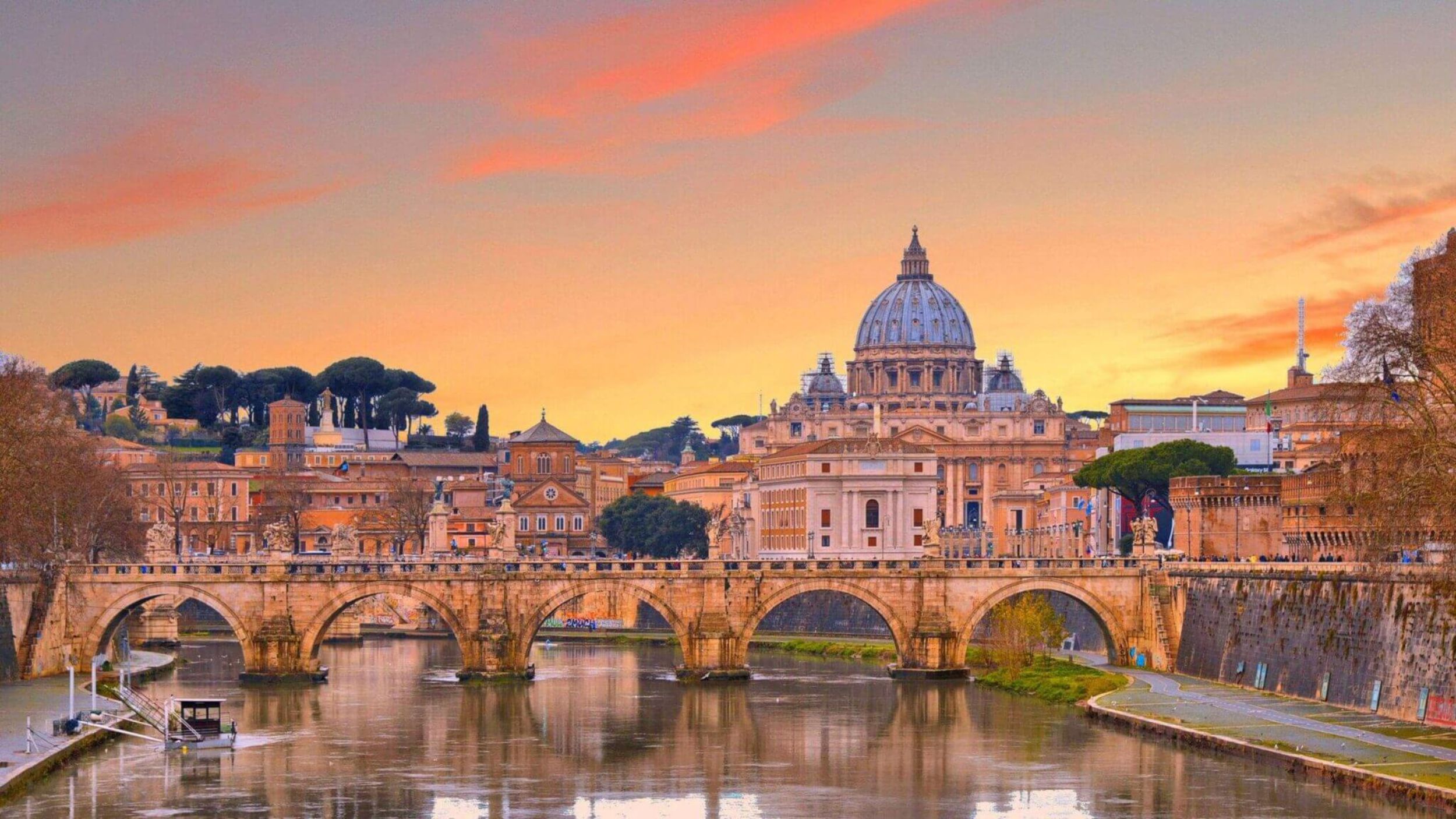
The captivating allure of the nicest cities in Italy beckons travelers worldwide. Indeed, each offers unique cultural experiences and unforgettable memories. I’ve explored these urban treasures repeatedly over twenty years, consequently developing insights into Italy’s most magnificent destinations. Then you’ll find the right mix of old history and lively new life.
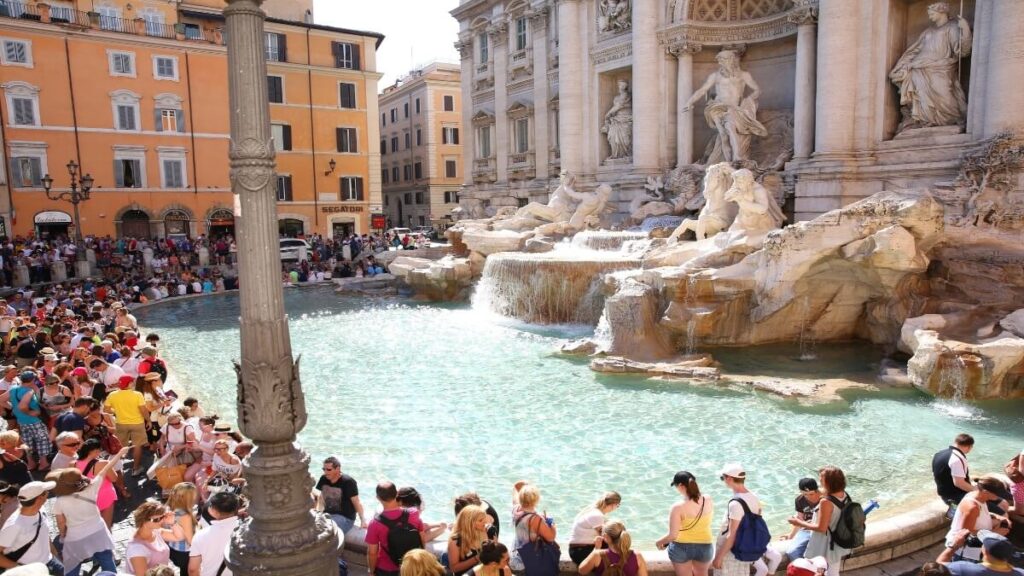
Exploring Rome’s Ancient Splendors: Nicest Cities in Italy
The eternal city reveals historical wonders at every turn. Specifically, Rome transforms visitors into time travelers through its ancient ruins spanning nearly three millennia. What amazes me most? First, Romans casually live alongside structures from history’s greatest empire; meanwhile, they shop, dine, and socialize amid archaeological treasures.
My insider tip: Arrive at the Colosseum by 8:30 am. Correspondingly, you’ll enjoy nearly crowd-free exploration for an hour. The morning light illuminates the ancient stones beautifully, while walking these historic paths creates an unparalleled connection. Additionally, the atmosphere feels almost sacred in these early hours.
The Vatican Museums house artistic masterpieces beyond imagination. Naturally, photos simply cannot capture their magnificence. I dedicate an entire day to this complex alone; similarly, my exploration begins by 9:00 am to avoid crowds. In comparison, the Capitoline Museums offer equally impressive artifacts with fewer visitors. Consequently, these collections inspire awe through carefully preserved masterpieces.
Hidden Roman Delights Beyond Major Landmarks
After sunset, the charming area of Trastevere comes to life. During the night, locals and tourists mix in lively open squares. The neighborhood buzzes with authentic energy; accordingly, evening walks reveal family-run restaurants down cobblestone lanes. They offer classic Roman food with real warmth; even so, costs stay fair while food is better than you’d expect. Generally speaking, wandering without plans leads to memorable encounters in this historic area.
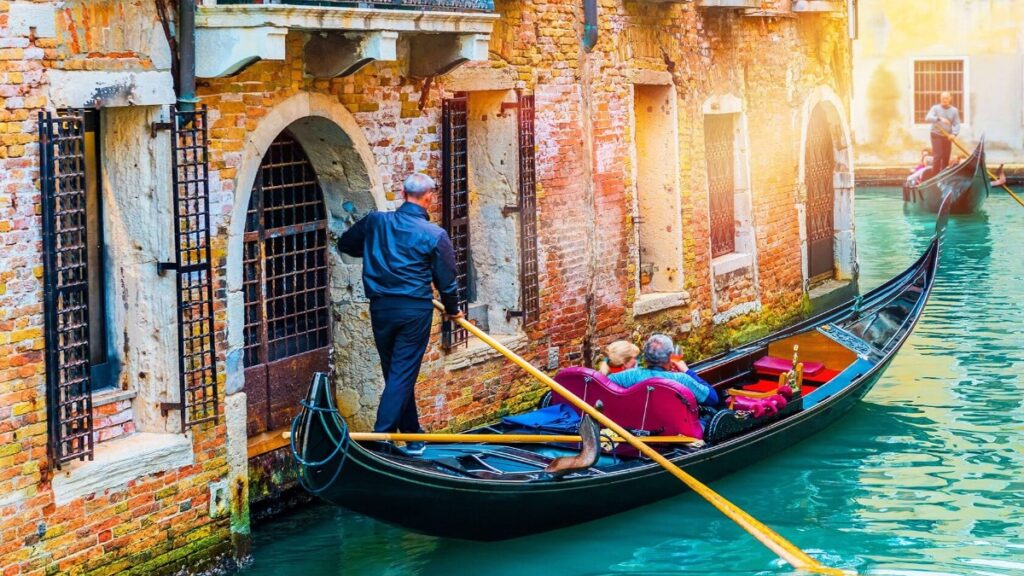
Venice: Floating Amongst the Nicest Cities in Italy
The labyrinthine waterways transform ordinary city exploration into magic. In essence, Venice exists in its own dreamlike reality unlike any other city on earth. My favorite approach? Initially, arriving by early morning vaporetto to San Marco Square; thus, the normally crowded plaza sits nearly empty—a rare sight indeed!
Timing matters greatly. Particularly, Venice suffers from extreme overtourism during peak months. Visit between November and March for authenticity; as a result, the misty winter atmosphere creates hauntingly beautiful scenes. Subsequently, photographers prize these moody seasonal conditions. Hence, prices drop significantly during these quieter periods.
The hidden backcountry canals reveal Venice’s true character. As a rule, tourist crowds rarely venture here. I spend afternoons exploring the Jewish Ghetto and Cannaregio districts; meanwhile, daily Venetian life continues largely unchanged by tourism. In particular, these quieter neighborhoods showcase local resilience. Remarkably, Venice’s population has dwindled to approximately 50,000 permanent residents; still, the city hosts over 20 million visitors annually.
Authentic Venetian Experiences Worth Seeking
The traditional cicchetti bars scatter throughout Venice like hidden treasures. In truth, they offer perfect opportunities to sample local specialties. Small plates paired with local wines create convivial atmospheres; likewise, during visits, I seek bacari like Cantina Do Spade or All’Arco. Therefore, these authentic establishments maintain centuries-old traditions.
Morning tip: Visit the Rialto fish market before 9:00 am. Certainly, you’ll glimpse authentic Venetian culinary culture. Chefs and locals select the day’s freshest seafood with discerning eyes; equally important, early risers gain special access to cultural rituals. However, these traditions remain largely unchanged for centuries.
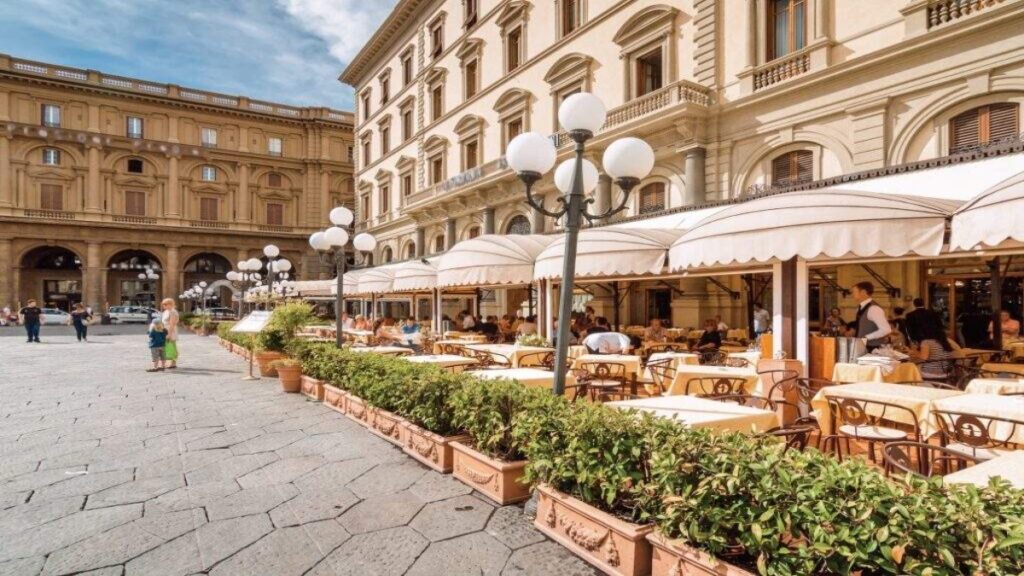
Florence: Renaissance Jewel Among Nicest Cities in Italy
The artistic heritage of Florence overwhelms first-time visitors. Above all, masterpieces concentrate in its compact historical center, making the city feel like an open-air museum. My strategy? On one hand, visit major museums during extended evening hours; on the other hand, Tuesdays and Thursdays typically offer later closing times. Ultimately, crowds thin considerably during these periods.
Time-saving advice: Early mornings and late afternoons work best. To put it differently, you’ll appreciate famous artworks without feeling rushed by surrounding crowds. The changing light enhances the city’s Renaissance beauty; meanwhile, the city takes on a golden glow during these hours.
The Oltrarno district offers respite from tourist crowds. Traditionally, artisan workshops continue centuries-old crafts here. I’ve watched master gilders applying gold leaf with incredible precision; similarly, leather craftsmen create exquisite goods using traditional tools. To clarify, these personal connections deepen appreciation for Florence’s artistic vitality. By the same token, panoramic views from Piazzale Michelangelo provide essential perspective on the city’s layout.
Florence’s Culinary Traditions Worth Savoring
The iconic bistecca Fiorentina remains a carnivore’s delight. For the most part, enjoy it at traditional trattorias like Trattoria Mario or Il Latini where these establishments serve this classic T-bone cut perfectly. My culinary explorations taught me Tuscan cooking’s importance of simplicity; in fact, quality ingredients create memorable dining experiences, not complex techniques.
For adventurous eaters: Florence offers exceptional street food too. In the first place, try lampredotto sandwiches from vendors near the Mercato Centrale. This traditional tripe dish surprisingly delights brave palates; consequently, understanding Florence requires engaging all senses, particularly taste.
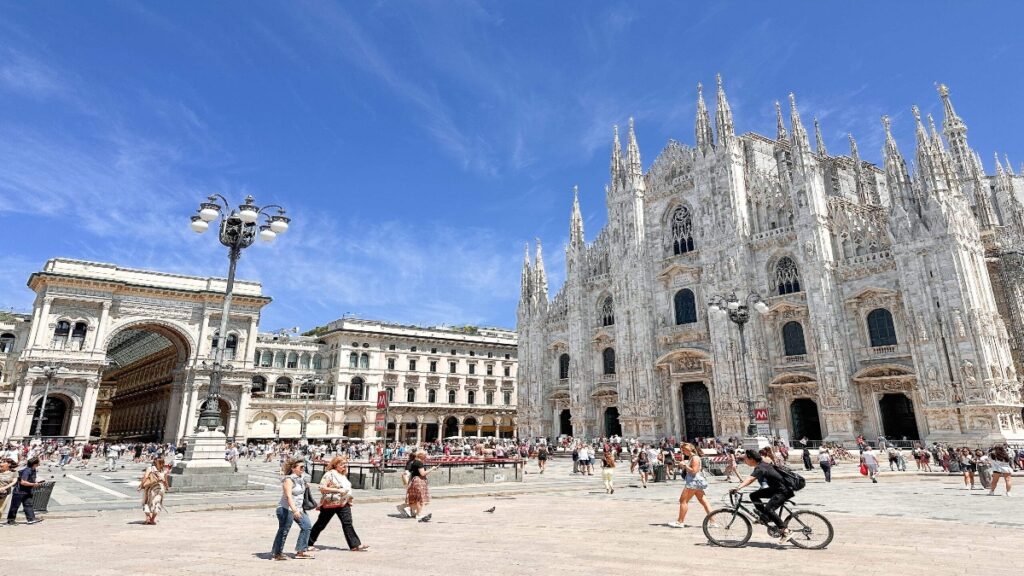
Milan: Contemporary Elegance Among Nicest Cities in Italy
The fashion capital balances historical treasures with cutting-edge design. Primarily, Milan embodies Italy’s innovative spirit like no other urban center. During seasonal visits, I explore evolving neighborhoods like Zona Tortona and Isola; specifically, abandoned industrial spaces transform into creative hubs constantly. In effect, architectural contrasts between Gothic masterpieces and sleek towers create fascinating landscapes.
The aperitivo tradition flourishes vibrantly in Milan above all other cities. To begin with, sophisticated bars serve substantial complimentary food with pre-dinner drinks. During early evenings, I join locals along the Navigli canals; indeed, this social ritual offers perfect people-watching opportunities. Overall, Milan reveals itself as equally dedicated to work and pleasure. In contrast to southern cities, clear distinctions exist between business hours and leisure time.
Milan’s Design Districts Beyond Fashion
The creative energy flows through revitalized industrial zones throughout Milan. Without doubt, furniture designers, architects, and artists collaborate across disciplines here. During Milan Design Week in April, quiet districts transform completely; rather impressively, they become the global epicenter of contemporary design. In short, installations appear throughout the city during this exciting period.
Design enthusiast tip: These areas offer insights into future trends early. Just as importantly, you’ll spot innovations before they reach global markets. Even outside special events, showrooms and concept stores welcome visitors; obviously, they display Italian design excellence year-round.
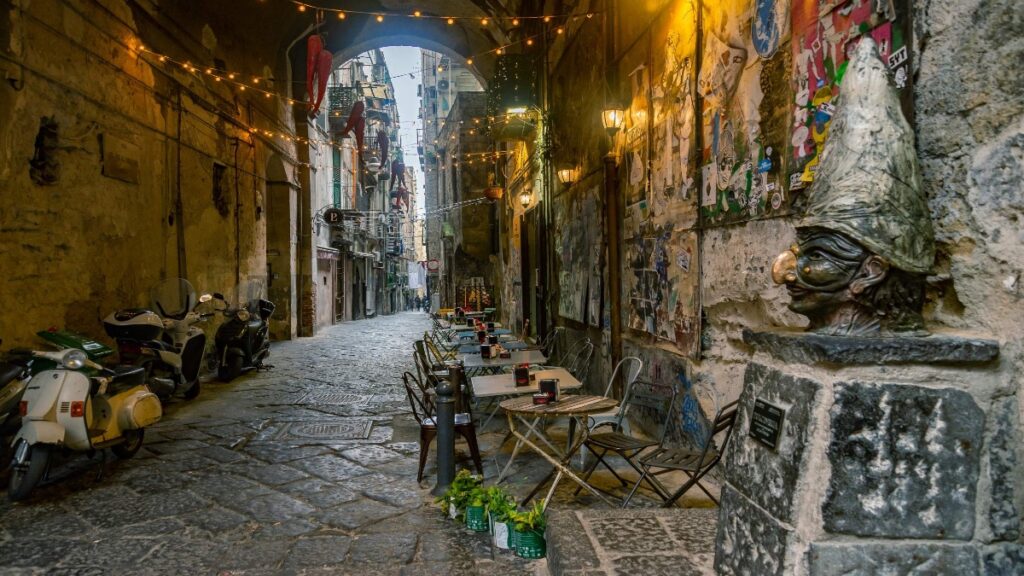
Naples: Passionate Soul Among Nicest Cities in Italy
The busy markets like Ballarò, Capo, and Vucciria keep age-old ways alive.Without a doubt, no city offers a more authentic urban experience. During explorations through Spaccanapoli and Sanità neighborhoods, I discover countless surprises; for instance, ornate churches and historic palaces hide behind unassuming facades. At times, Naples rewards curious travelers willing to look beyond initial impressions of chaos.
Geographic context: Looking across the Bay of Naples toward Vesuvius helps understand this city. Since ancient times, the volcano’s presence shaped Neapolitan culture profoundly. The residents live with both beauty and danger constantly; accordingly, this creates their distinctive approach to life.
The culinary birthplace of pizza maintains stringent traditional standards. Actually, historic establishments like Pizzeria da Michele and Sorbillo uphold these traditions religiously. My gastronomic adventures taught me to appreciate Neapolitan pizza’s deceptive simplicity; in this case, perfect dough, San Marzano tomatoes, and buffalo mozzarella combine in regulated proportions.
Local eating habits: Neapolitans typically eat pizza for lunch rather than dinner. To some extent, follow their lead for the best experience. Naples also excels in street food traditions; in addition, try fried pasta (pasta fritta) and potato croquettes (crocchè) from local vendors.
Naples’ Archaeological Treasures Worth Exploring
The National Archaeological Museum houses extraordinary artifacts from nearby Pompeii and Herculaneum. Essentially, this collection provides crucial context for understanding these sites. I allocate at least three hours here during visits; in particular, the Secret Cabinet containing ancient erotic art deserves special attention. Notably, the Farnese collection of classical sculptures impresses even casual observers.
Underground exploration: Naples offers fascinating tours through ancient Roman tunnels. Despite their age, these passageways supported the modern city above for centuries. Under different circumstances, these archaeological treasures alone would make Naples a primary destination; correspondingly, they provide unique insights into the city’s layered history.
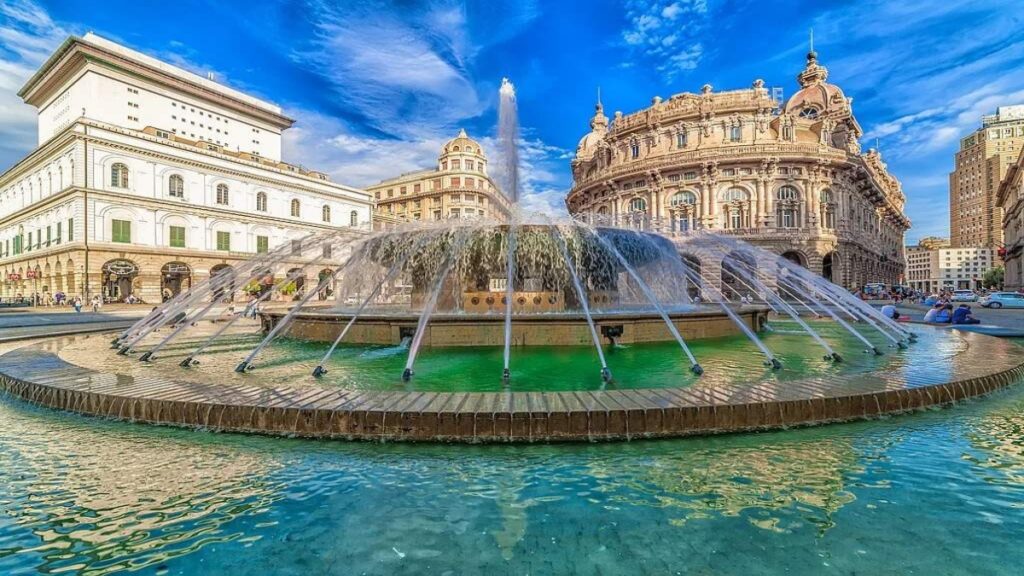
Genoa: Maritime Heritage Among Nicest Cities in Italy
The medieval maze of narrow alleyways (caruggi) creates Europe’s largest preserved historic center. Happily, getting lost here becomes a pleasure, not a problem. During wanderings through this labyrinth, I discover hidden architectural gems regularly; likewise, tiny piazzas and ornate church interiors appear unexpectedly. By and large, guidebooks rarely mention these treasures.
Surprising fact: Genoa’s compact historical core contains more architectural treasures than many larger Italian cities. Ironically, it receives a fraction of their visitors. Christopher Columbus’ birthplace maintains authentic Ligurian character largely unchanged by tourism; similarly, one feels transported through time when wandering these ancient streets.
The magnificent palazzi along Via Garibaldi showcase extraordinary wealth from Genoa’s maritime golden age. Throughout the centuries, guided tours through these UNESCO-protected residences reveal hidden gardens and frescoed ceilings. Art collections rival many museums in quality and importance; simultaneously, Palazzo Rosso and Palazzo Bianco contain important works by Van Dyck, Caravaggio, and Veronese.
Special event: Since 2006, the Rolli Days festival has offered access to privately owned palaces. Importantly, these magnificent buildings remain closed to the public otherwise. The event typically occurs twice yearly in spring and fall; above all, it represents a rare opportunity to step inside these aristocratic homes.
Genoa’s Culinary Specialties Worth Tasting
The birthplace of pesto maintains exacting standards for this famous sauce. Of course, specific basil varieties grown in nearby villages create its distinctive flavor. During culinary classes, I learned proper techniques using marble mortars; basically, food processors can’t replicate the authentic texture and taste.
Beyond pesto: Genoa specializes in focaccia and farinata (chickpea flatbread). Almost everywhere, historic bakeries throughout the old town serve these specialties fresh daily. Genoa’s gastronomy reflects its maritime trading history perfectly; as such, local ingredients combine with imported influences in fascinating ways.

Palermo: Cultural Crossroads Among Nicest Cities in Italy
The multicultural influences create Sicily’s most fascinating urban landscape. Throughout history, Arab, Norman, Spanish and Italian elements blend seamlessly here. During exploration of Palermo’s historic center, architectural surprises appeared at every turn; similarly, Byzantine mosaics, Moorish domes, and Baroque facades coexist harmoniously.
Historical context: These diverse styles reflect Sicily’s strategic position in the Mediterranean. As expected, the island sat at the center of trading routes and conquest paths throughout history. Palermo’s architectural heritage tells a complex story of cultural exchange; in fact, few European cities display such visible layers of different civilizations.
The vibrant markets including Ballarò, Capo, and Vucciria maintain centuries-old traditions. Undoubtedly, they provide perfect windows into authentic Sicilian daily life. During morning visits, vendors arrange stunning displays of local produce; at the same time, they call out their wares using traditional market cries passed through generations.
Culinary exploration: After shopping, seek out street food vendors for local specialties. Given these conditions, try panelle (chickpea fritters) and arancini (rice balls) for authentic flavors. These small establishments often serve the city’s best food; by comparison, formal restaurants sometimes cater too much to tourists.
Palermo’s Complex Historical Narratives
The cultural preservation efforts throughout Palermo balance restoration with authenticity. On the whole, nothing feels sanitized for tourists here. During architectural tours, I noted how bomb damage from World War II remains visible; all the while, it stands alongside meticulously restored historical treasures deliberately.
Honest portrayal: Palermo embraces contradictions rather than hiding them. Certainly, this creates more meaningful connections to its multilayered history. Though sometimes rough around the edges, Palermo pays visitors back well; later, it gives Italy’s most real cultural deep-dive.
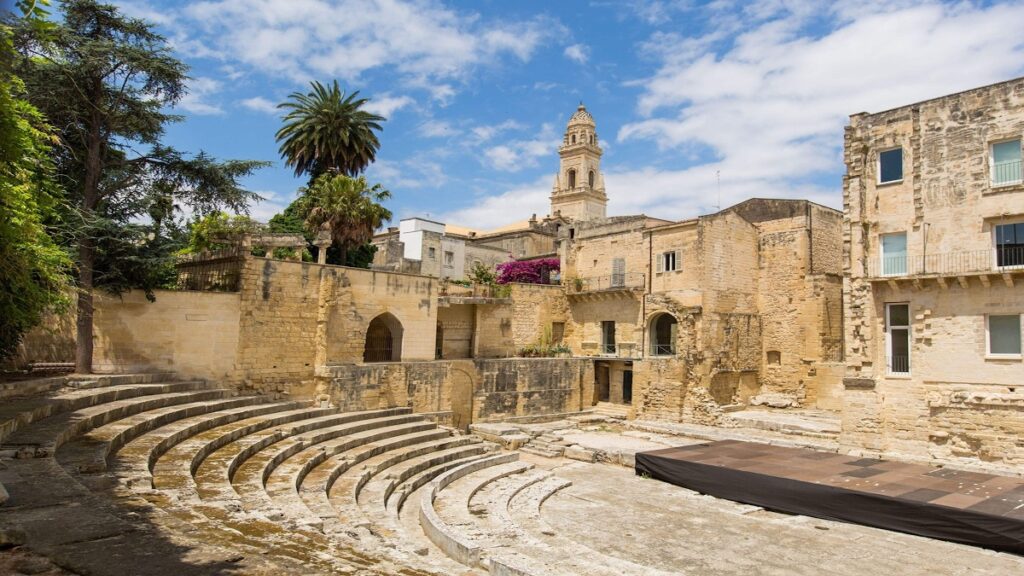
Lecce: Baroque Masterpiece Among Nicest Cities in Italy
The golden limestone buildings glow magnificently during sunset hours. At that time, the nicest cities in Italy reveal their photogenic qualities most dramatically. During evening passeggiata, I join locals circling Piazza Sant’Oronzo; meanwhile, church façades transform in the changing light with extraordinary effects.
Crowd advantage: Lecce offers extraordinary architectural richness without overwhelming tourist numbers. For this reason, you’ll rarely wait in lines here. Countless minor churches and palaces display distinctive decorative exuberance; as a matter of fact, this earned Lecce its nickname “Florence of the South” among art historians.
The master craftsmen created an architectural style so distinctive it received its own category. In many ways, “Lecce Baroque” represents unique cultural expression in stone. During observation of these facades, I’ve identified recurring fantastical motifs; nevertheless, elaborate floral elements and expressive human figures appear everywhere with individual character.
Exploration strategy: These decorative elements tell complex narratives on building exteriors. In reality, walking Lecce’s historic center without fixed itinerary allows spontaneous discoveries. Each street reveals new architectural masterpieces around every corner; accordingly, visitors should allocate time for unhurried wandering rather than rushing between major sights.
Lecce’s Regional Specialties Worth Sampling
The Pugliese cuisine showcases rustic excellence through distinctive pasta shapes. Throughout the region, simple preparations highlight exceptional local ingredients perfectly. During cooking workshops, I learned techniques for creating orecchiette pasta; in essence, these “little ears” require only flour and water but considerable skill to create properly.
Sweet treats: Lecce excels in pastry arts including pasticciotto. Specifically, this custard-filled breakfast pastry appears in historic cafés throughout the center. The city provides perfect introduction to Salento peninsula’s distinctive regional cuisine; equally important, local wines like Primitivo and Negroamaro perfectly complement these culinary traditions.
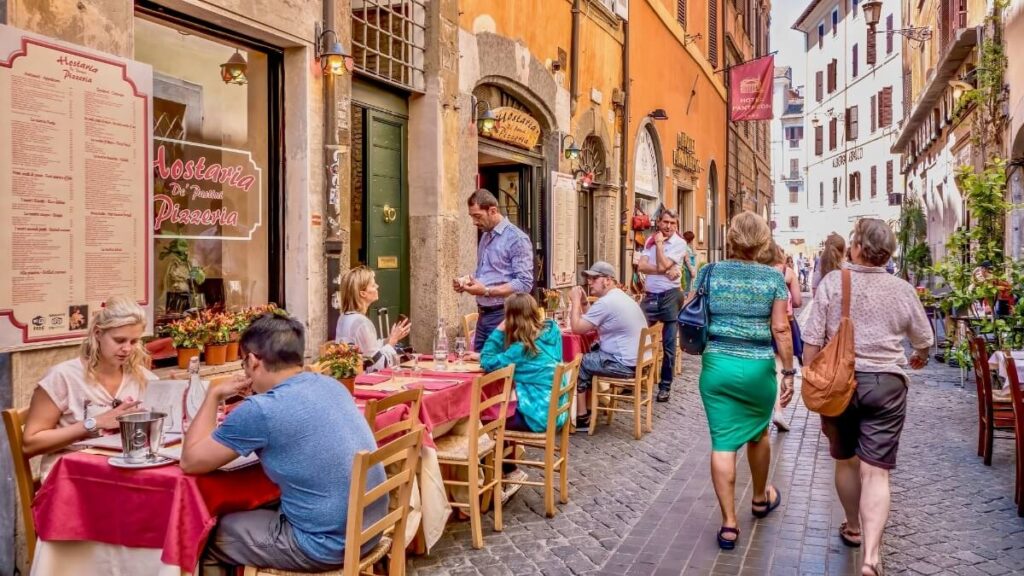
Practical Tips for Visiting the Nicest Cities in Italy
The optimal timing for exploring Italian cities involves shoulder seasons. In light of this, April-May and September-October offer pleasant weather with fewer tourists. During seasonal visits, I’ve found mid-week arrivals reduce crowding further; in the same vein, major attractions become much more accessible without long queues.
Seasonal warning: August sees many businesses closed as Italians take holidays. To some degree, this particularly affects smaller cities and non-tourist establishments. December offers magical Christmas markets and minimal crowds outside major destinations; by contrast, summer months bring intense heat and maximum tourist density to most cities.
The transportation connections between cities have improved dramatically recently. In this day and age, high-speed rail links major destinations in just a few hours. During travels, I use Trenitalia and Italo services regularly; therefore, advance bookings secure best prices for comfortable, efficient connections.
City navigation: Purchase multi-day public transportation passes in each city. As long as possible, focus accommodations near city centers to maximize exploration time. Outside major tourist seasons, spontaneous travel becomes much easier; similarly, last-minute accommodation and transportation remain readily available at reasonable prices.
Planning Your Perfect Italian Cities Itinerary
The comprehensive exploration of Italy’s nicest cities requires at least two weeks. Without question, three weeks creates more comfortable pacing for deeper experiences. Consider cultural connections between destinations during planning; for example, perhaps pair Renaissance Florence with artistic Venice. Or combine ancient Rome with historic Naples and Pompeii.
Time allocation: Each city deserves minimum three nights for proper exploration. To be specific, this allows discovery beyond major highlights into authentic neighborhoods. First-time visitors might focus on Rome, Florence, and Venice; however, returning travelers should explore Genoa, Lecce, and Palermo for equally rewarding but less crowded experiences.

